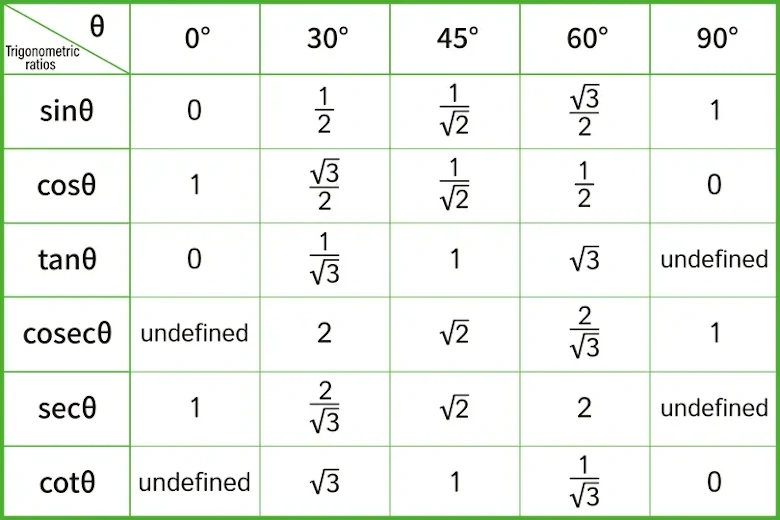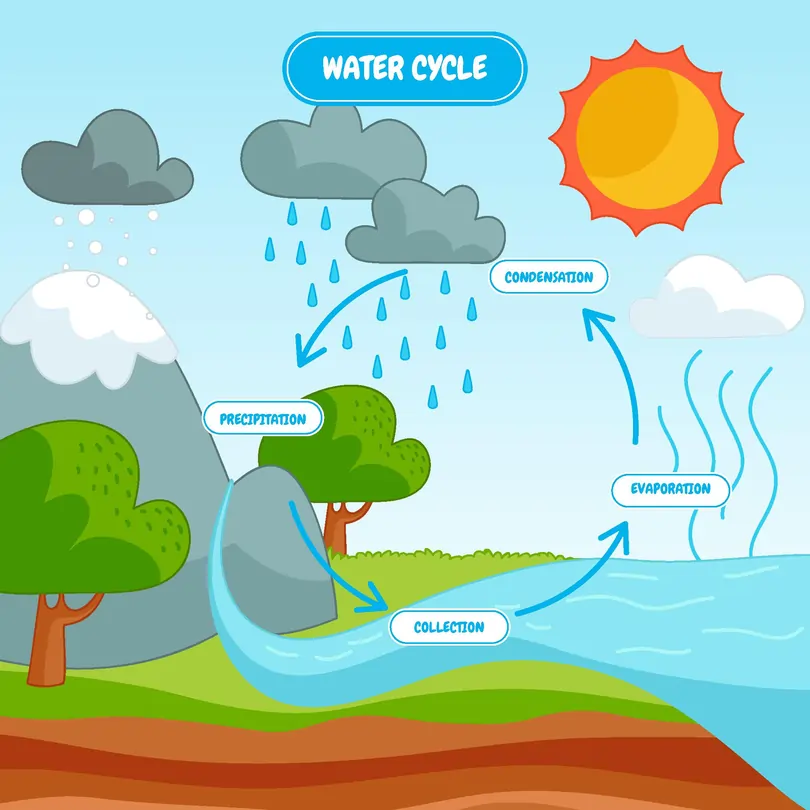6 types of composition essays for O-level English + writing tips
- Tags:
- Secondary English

If you’re preparing for O-level English this year, chances are composition writing already feels as familiar to you as mom’s cooking!
However, to ace this component, not only do you have to know the various types of writing, but also what makes one type of writing different from another.
Here’s an overview of the 6 types of composition essays you'll encounter - as well as tips to make your writing shine - when sitting for the O-level English exam.
- Narrative essay
- Personal recount essay
- Descriptive essay
- Reflective essay
- Discursive essay
- Argumentative essay
1. Narrative Essay
As the name suggests, the goal of the narrative essay is to narrate a fictional story. However, that doesn’t mean you can’t sprinkle in some personal experiences to spice up your writing. The key is to only use experiences that’ll help you address the question.
While there are various forms of narrative writing, most follow a similar rising plot structure: a beginning, a climax, and a resolution. As your character progresses through the story, the events unfold with drama and suspense. Why drama and suspense? Because in narrative writing, that’s the key that keeps readers on the edge of their seats.
Think about your favourite book or movie. It's likely it has these three key ingredients: an interesting character, an unavoidable conflict, and the journey your character underwent to solve the problem and save the day.
So, if you’re hoping to write a magical piece of narrative essay that’ll get you that A, be sure you have all these elements in place.
Quick Tip:
- Captivate your readers from the get-go with a hook. Use an anecdote, an emotional response, or a familiar situation with a twist.
- To learn how to start your composition with a bang, read our post on great introductions here!
2. Personal Recount Essay
A personal recount essay requires you to retell a series of events in a linear and sequential manner. While imagination and creativity are certainly needed, a personal recount essay is not to be confused with a narrative essay - which is often fictional in nature.
For personal recount essays, the focus is on telling a specific event or experience that’s memorable or meaningful to you in a descriptive way. That’s to say, whatever you choose to write about, you should’ve experienced or witnessed it firsthand. Instead of dreaming up an imaginary tale, tell the story in a way that draws your readers in.
Most importantly, be sure to include an element of reflection in your writing. It can be in the form of feelings, thoughts, or changes in your beliefs and attitudes as you progress through the story. While the moral of the story in children’s books often comes at the end, your reflections should be peppered and woven into your essay.
Quick Tip:
- Write in first-person
- Use past tense as the event has already happened
- Use descriptive words to make your writing pop (eg. The dog slinked behind the bushes and vanished)
3. Descriptive Essay
Reading a descriptive essay is like watching a 3D movie. Instead of going through a list of events in a sequential manner, you paint vivid mental pictures in the mind of your readers by appealing to the five senses.
If you’re writing about a scorching afternoon at a carnival, your readers should feel the sun on their skin, smell the sweet scent of cotton candy, and hear the “Wooos” and “ahhhhs” of a bewildered crowd. Beyond the physical setting, include descriptions of your inner world. Letting your readers know your thoughts and feelings adds layers to your writing.
Similar to personal recount essays, you should also include an element of reflection that shows your readers why something or someone is memorable or special to you.
Quick Tip:
- Use sensory words that activate the five senses
- Pick 2 to 3 senses (eg. Sight + smell/sound)
- Avoid overloading your readers with sensorial details, sometimes less is more.
- Read this article: Enhance your descriptive writing by unleashing the power of personification
4. Reflective Essay
The reflective essay can be divided into two parts: Reflective Thinking and Critical Thinking.
For reflective thinking, you don’t retell the event or experience like in personal recount essays. Instead, you are to reflect and make observations about your own thoughts, personality, and character. In short, play the role of Sherlock Holmes, put yourself under the microscope, and write down what you observe.
As for critical thinking, explain why your experiences played a role in influencing your thoughts and behaviour, and how they have shaped you as a person.
Quick Tips:
- Think about the person or experience that has left a positive impact on you.
- Describe the qualities of the person or experience
- Explain how and in what ways has the person or experience shaped you
5. Discursive Essay
For this genre of essay, you’re expected to explore and consider a topic or issue from multiple viewpoints in an unbiased manner.
There’s no room for flowery words. You’re to show two sides (or multiple sides) of the story using only cold hard facts. Therefore, you’ve to stay open-minded, curious, and as objective as possible.
Your writing should present all the viewpoints as equally valid. Also, you’re to back up your claim with evidence, and show how the theory applies in real life.
Remember, your job here is not to take a stand or persuade your reader to join you on the other side of the fence.
That’s the role of an argumentative essay.
Quick Tip:
Try the SEA Method
- Statement: Make a statement
- Example: Provide evidence or an example to back up your claim
- Application: Demonstrate how theory plays out in reality
Example of the SEA method:
Topic: The Benefits of Regular Exercise
-
S - Statement:
Regular exercise has numerous benefits for both physical and mental health.
-
E - Explanation:
Engaging in physical activity on a regular basis can help improve cardiovascular health, increase muscle strength and endurance, and reduce the risk of chronic diseases such as diabetes, obesity, and heart disease. Exercise has also been shown to have positive effects on mental health, such as reducing symptoms of depression and anxiety and improving overall mood and cognitive function.
-
A - Application:
To reap the benefits of regular exercise, it's important to incorporate physical activity into your daily routine. This can include activities such as brisk walking, jogging, cycling, swimming, or weightlifting. It's recommended to aim for at least 150 minutes of moderate-intensity exercise or 75 minutes of vigorous-intensity exercise per week.
So you see, with the SEA Method, your essay looks well-structured.
6. Argumentative Essay
If discursive essay is the peace-loving younger brother, then argumentative essay is the bossy older sister of the family.
Both share similarities (eg. discuss topics, present facts and examples), but in argumentative essays, you go a step further - you recruit readers to a cause. Instead of simply feeling the weight of different opinions in your hands, your role is to construct arguments to persuade readers to plant their flags in the sand.
Simply put, an argumentative essay is “biased” with a purpose. Your goal is to persuade readers using both logic and emotions.
Quick Tip:
- When writing an argumentative essay, provide at least 3 claims - one paragraph for each claim
- Have a paragraph or two about opposing claims. This will help to persuade your readers and demonstrative your understanding of the topic
- End with a strong conclusion that provides a summary of your key points and why your stand is right
 SG
SG  VN
VN 













